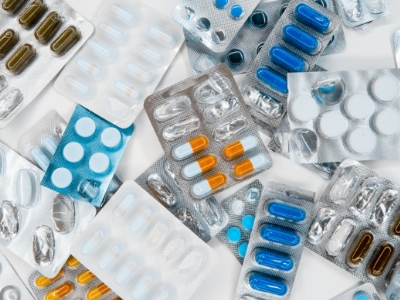Medication for ADHD

Medications play a vital role in managing and treating ADHD. Doctors will work together to figure out which medication works for you along with the proper schedule and dosage. ADHD treatment requires a combination of medication, therapy, behavior changes, and skills training.
The Most Popular ADHD Medications
Choosing the best ADHD medication for you or your child, or deciding whether to medicate at all, is an incredibly personal decision. The ADHD medications prescribed to both children and adults are broadly categorized as follows:
- Stimulants. These are the first-line treatment for ADHD which includes amphetamine and methylphenidate, the most widely used treatment for ADHD, and their derivatives.
- Non stimulants. These are given to patients who don’t respond to stimulants. Non-stimulant medications include atomoxetine, guanfacine, and clonidine. Non-stimulants may also be prescribed for use alongside stimulants to treat symptoms that the latter does not alleviate.
Antidepressants are also used but the FDA has not specifically approved antidepressants for the treatment of hyperactivity disorder. However, healthcare providers sometimes prescribe them alone or in combination with a stimulant. The antidepressants providers typically prescribe for ADHD work on the dopamine and norepinephrine levels in your brain.

Other popular prescriptions are:
- Adderall XR (amphetamine)
- Concerta (methylphenidate)
- Dexedrine (amphetamine)
- Evekeo (amphetamine)
- Focalin XR (dexmethylphenidate)
- Quillivant XR (methylphenidate)
- Ritalin (methylphenidate)
- Strattera (atomoxetine hydrochloride)
- Vyvanse (lisdexamfetamine dimesylate)
How Do Medications Work for ADHD?
Prescriptions work in various ways depending on the type and severity of your condition. However, all medications regardless of the category increase the levels of important chemicals in your brain and improve the symptoms of ADHD, including increasing attention span and reducing hyperactivity. Both stimulants and non-stimulant drug also controls impulsive behavior and manage other executive dysfunction.

What are the Typical Side Effects of ADHD Prescriptions?
- Reduced appetite
- Stomach pain
- Headaches
- Sleep disturbances
Some side effects associated with non-stimulants include:
- Excessive tiredness
- Stomach pain
- Nausea and dizziness
- Reduced appetite
How Do Stimulant Medications Treat ADHD?
ADHD is a neurological disorder, resulting from the deficiency of neurotransmitters in specific areas of the brain. Stimulant medications used to treat ADHD stimulate specific cells within the brain to produce more of this deficient neurotransmitter.

Who Should Not Take a Stimulant Drug?
Younger patients under the age of 12 and pregnant patients should avoid using stimulants. Patients who are susceptible to stimulants should either avoid using or minimize their dose depending on doctors’ recommendations. Stimulants are also not permissible to patients who have:
- Underlying heart problems
- Glaucoma
- Severe anxiety, nervousness, and agitation
- Tourette’s syndrome
- A history of psychosis or are psychotic
How Do Nonstimulants Work to Treat ADHD?
Non stimulant is a selective norepinephrine reuptake inhibitor that works by increasing concentrations of norepinephrine and dopamine in the prefrontal cortex. It regulates behavior and thus helps with ADHD symptoms.
An example drug for this condition is Atomoxetine. It is a selective serotonin reuptake inhibitor (SSRI). It works by causing a selective inhibition of the pre-synaptic norepinephrine transporter. The dose of this prescription should be reduced in patients with hepatic or renal dysfunction.
The recommended starting dosage of Atomoxetine should be initiated at a total daily dose of 0.5 mg/kg and increased after a minimum of 3 days. It should be administered either as a single daily dose in the morning or as evenly divided doses in the morning and late afternoon or early evening. Seek immediate help in cases of unexpected side effects.
How is ADHD Medication Dosed?
- Dosage form or route of administration. Each unit of liquid medication is stated on the patient information sheet inside the medication’s box or packaging.
- Dose quantity and Strength. Over a given period, a specific amount of medication is released into the blood. This includes the number value for each product represents the total amount of the medication in the tablet, liquid, or patch.
- The release mechanism or duration of Administration. An indication of how long a medication will remain active and available. The release of medication from stimulants can occur over a time frame as short as an hour, as long as four hours, or as long as eight or twelve hours.



